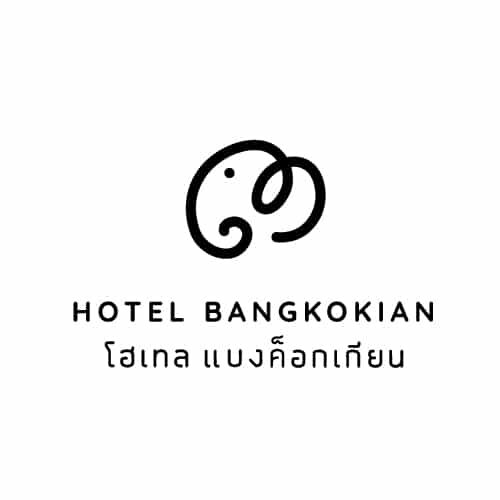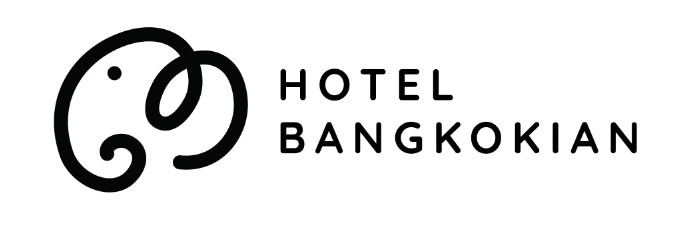Victory Monument Bangkok’s Historic Landmark Beyond the Roundabout
If you’ve ever visited Bangkok, chances are you’ve passed by or stood near Victory Monument, one of the city’s most recognizable landmarks. Located at a major traffic junction, it serves as a vital hub for public transportation and holds deep historical significance for the Thai people.
But have you ever wondered about the origins of this monument? Who designed it? Why is it situated here? And how did it become not just a symbol of remembrance but also a dynamic part of Bangkok’s urban identity?
In this article, we’ll take you on a journey through the history of Victory Monument, from its wartime origins to its present-day role as a bustling centerpiece of the city. We’ll also share travel tips and introduce nearby accommodation that lets you stay just a few meters from this iconic site.
The Origins of Victory Monument

Victory Monument was constructed in 1941, during the premiership of Field Marshal Plaek Phibunsongkhram. It was built to honor Thai military personnel, police, and civilians who lost their lives in the Franco-Thai War (1940–1941)—a brief conflict over territories in Indochina previously ceded to France.
The monument was envisioned as a patriotic structure, paying tribute to those who fought to defend Thai sovereignty, particularly over lands on the left bank of the Mekong River.
The word "Victory" in its name signifies triumph on the battlefield, and it serves as an eternal tribute to the nation’s fallen heroes.
Read More : The Franco-Thai War Behind the Border Dispute and the Origins of Victory Monument
Design and Architecture
The monument was designed by M.L. Pum Malakul, who blended Modernist and Classical styles. The central structure is a tall obelisk surrounded by five bronze statues representing the armed forces: army, navy, air force, police, and civilian defenders.
Inside the monument lies a bone repository containing the remains of those who died in battle, making it not just a memorial but a sacred resting place—a “Sanctuary of Honor.”
The site is set within a five-pointed star-shaped roundabout where five major roads intersect:
- Phahon Yothin Road
- Ratchawithi Road
- Phaya Thai Road
- Rangnam Road
- Din Daeng Road
To this day, it remains one of the busiest traffic and transport junctions in Bangkok.
Key Historical Events at Victory Monument
Over its more than 80-year history, Victory Monument has served as the backdrop to several significant historical and social moments in Thailand:
- Political Demonstrations and Public Rallies: Victory Monument has been a central gathering point for numerous political protests and movements throughout Thailand’s modern history. From student uprisings in the 1970s to recent democracy-focused demonstrations, it has symbolized civic engagement and resistance.
- Disaster Relief and Public Aid: During national crises such as the 2011 floods and the COVID-19 pandemic, the area around the monument became a hub for volunteers distributing food, supplies, and support to affected communities.
- Royal and National Celebrations: In previous decades, the site hosted royal processions, national holiday parades, and public commemorations, reflecting its stature as a monument of both honor and unity.
Victory Monument continues to play an active role in shaping and reflecting the evolving identity of Bangkok and its people.
Transformation Through Time
What began as a site of mourning and reverence has transformed into one of Bangkok’s busiest urban centers, marked by:
- Major transit routes (BTS Skytrain, city buses, and interprovincial vans)
- Shopping complexes (Century Mall, Victory Mall, King Power Complex)
- Leading hospitals (Rajavithi, Phra Mongkutklao, Ramathibodi)
- Local eateries and street food hotspots
It is also a place of social expression, protest, and gathering—where the past and present intersect.
Victory Monument stands as both "a place of remembrance" and "a space of change.How to Get to Victory Monument
BTS Skytrain:
Disembark at Victory Monument Station and take Exit 3 or 4.
City Buses:
Almost 30 routes serve the area, including 8, 12, 28, 92, 140, 163, and 514.
Van Terminal:
A key hub for vans heading to nearby provinces like Ayutthaya, Rangsit, Chonburi, and Nakhon Pathom.
On Foot:
If you’re staying in the Ratchaprarop or Pratunam area, it’s just a 5–10 minute walk to the monument.
Where to Stay Near Victory Monument
Looking for accommodation just steps away from the monument? We recommend Hotel Bangkokian, a boutique design hotel nestled in the Ratchaprarop area. It’s located only 400 meters from Victory Monument, offering guests the convenience of easy access to both the BTS and the heart of Bangkok’s urban life.
Conclusion: Victory Monument in the Eyes of a Modern Generation
While Victory Monument was built as a symbol of national military pride, its identity has evolved over time. Today, it reflects the pulse of a city always in motion—dynamic, diverse, and deeply rooted in its history.
It marks both the beginning and end of countless journeys through Bangkok, and continues to stand as a powerful reminder of how places can grow in meaning.
So next time you’re in the city, take a moment to visit Victory Monument—walk its surroundings, watch the crowd flow, and feel the living rhythm of a landmark that speaks both of Thailand’s past and its future.

